5 Funds Ready to Make Gains on a Weak Dollar
Moves in the dollar can affect your portfolio in surprising ways. These funds are poised to benefit from what's expected to be a persistent decline for U.S. currency.
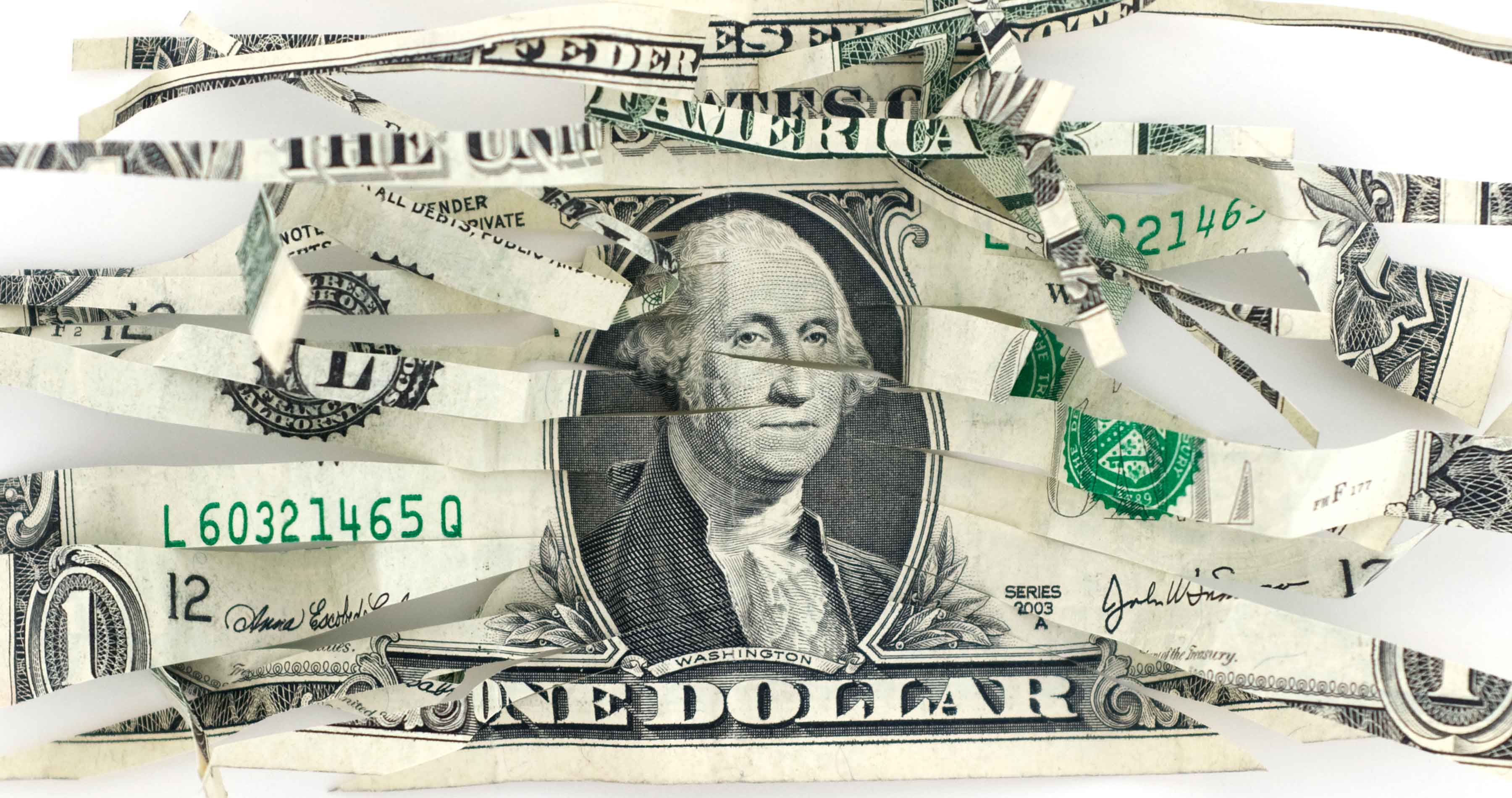

Years of a strong dollar are expected to wind down, due to low interest rates that the Federal Reserve indicates will stay low for years to come. On top of that: soaring budget deficits, and increased money supply (due in part to recession-fighting efforts prompted by the coronavirus pandemic), will weigh on the dollar, too.
But a weakening dollar can be good for certain investments. U.S. investors in foreign stock funds benefit because when a foreign stock rises in price or pays a dividend in its local currency, that investment gain gets translated into dollars. Consider the performance of the MSCI EAFE index during the recent dollar decline. Over the nearly three-month period this summer when the dollar was weakening most, the index, which tracks stocks in foreign developed countries, gained 5.8% priced in local currencies. Converted into U.S. dollars, the index gained 10.9%.
And then there are commodities, whose prices tend to move inversely to the dollar. Because many are priced in dollars, a weak greenback typically means higher relative commodity prices. A lower dollar also fuels demand overseas, says Katie Nixon, chief investment officer at Northern Trust Wealth Management. “Foreign buyers purchase U.S. commodities such as corn, soybeans, wheat and oil with dollars. When the value of the dollar drops, they have more buying power.”
We've identified five funds that will let you profit from the dollar's decline. Returns and data are through October 9.

When you own shares in a foreign-stock fund, you essentially own stocks denominated in different foreign currencies. Most foreign-stock funds don’t hedge against the dollar, meaning that as the dollar weakens, their stocks become worth more in U.S. dollars. But some funds, such as FMI International (FMIJX) and Tweedy, Browne Global Value (TBGVX), make it a policy to hedge against the dollar so that their fund returns reflect the performance of their investment decisions, not currency swings.
Assuming comparable performance, however, unhedged foreign-stock funds will do better with a weakening dollar. “The currency exchange is working in your favor, so you should take advantage of it,” says Christine Benz, director of personal finance at research firm Morningstar.
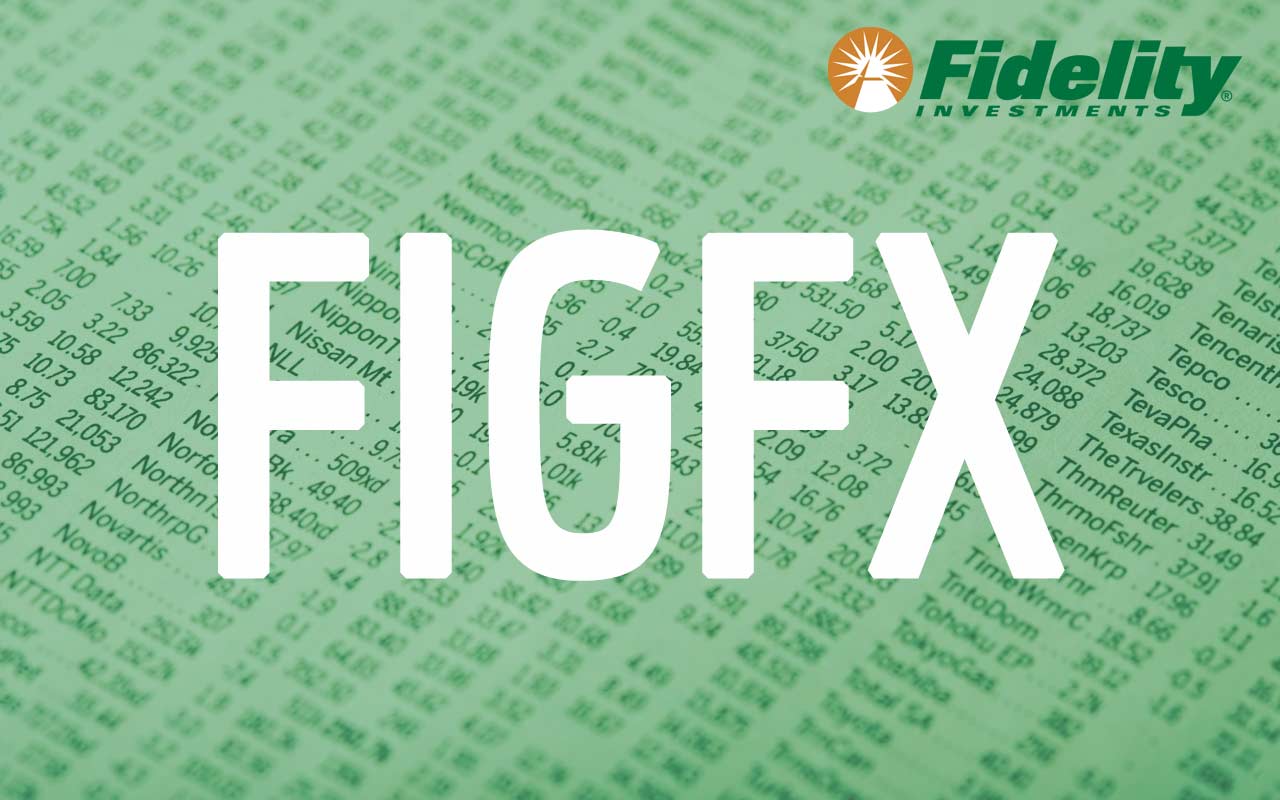
Fidelity International Growth
Fidelity International Growth (FIGFX, expense ratio 0.99%) has beaten the EAFE index with less volatility over time, and without a hedge. Manager Jed Weiss focuses on high-quality, growing companies that dominate their industries and can maintain or raise prices, even in troubled times. Over the past decade, the fund’s 8.7% annualized return beat 81% of its peers (funds that invest in large, growing foreign companies) and the MSCI EAFE index. Nestlé, Roche Holding and SAP, the German software company, are top holdings.
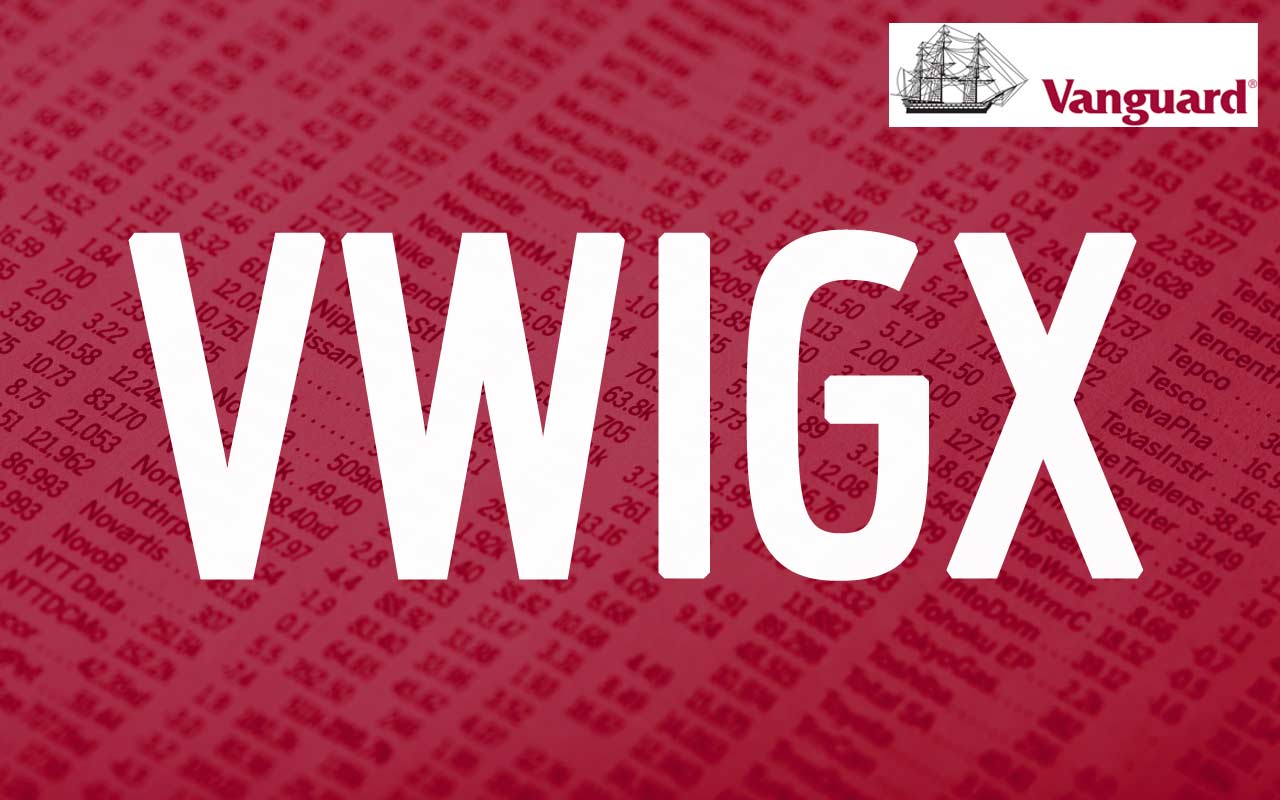
Vanguard International Growth
Another one of our favorite funds is Vanguard International Growth (VWIGX, 0.43%). Two firms manage the fund with slightly different approaches. Baillie Gifford, which runs roughly 60% of the fund’s assets, is willing to pay up for stocks with explosive growth. At Schroder Investment Management, the ideal stock is underappreciated but growing fast. The team-up works well. Over the past three years, the fund’s 17.1% annualized return beat all but three foreign large-cap stock funds. The annualized return of the MSCI EAFE index over that time: 0.8%.
13 Best Vanguard Funds for the Next Bull Market

Baron Emerging Markets
The dollar-conversion math works for investors in emerging-markets stocks, too. Over the past 12 months, those shares have blown past developed-country shares. The MSCI Emerging Markets index is up 10.5% over the past year; the EAFE, only 1.6%.
A weaker dollar is a boon to emerging economies. Emerging-markets countries are big buyers of commodities, which are usually priced in greenbacks. Such countries also tend to carry loads of debt denominated in U.S. dollars. So a weak dollar means that Thailand, for example, can spend less in baht to buy goods or to service its debt. Baron Emerging Markets (BEXFX, 1.35%) is our choice in this category. A member of the Kiplinger 25, the list of our favorite no-load funds, Baron Emerging Markets has beaten the MSCI Emerging Markets index by more than six percentage points over the past year, returning 22.2%.

Commodities
Most commodities—oil, soybeans, gold—are bought and sold in dollars. A weaker dollar means it takes less foreign cash to buy a dollar’s worth of any commodity. This drives demand, pushing prices of commodities higher. Over the past six dollar-weakening periods, according to Wells Fargo Investment Institute, commodities outperformed U.S. and foreign stocks in developed countries, on average.
But over longer stretches, an investment in commodities can be volatile. Despite decent years in 2019, 2017 and 2016, the typical broad-basket commodities fund lost an annualized 2.8% over the past five years. In that time, the S&P 500 gained 13.8% annualized. Commodities can be great portfolio diversifiers, but we’d limit them to 1% to 2% of your overall investments. Since you probably don't want to worry about actually taking delivery of grain, oil, or even pork bellies, the best options for retail investors are diversified baskets of commodities such as mutual funds or exchange traded funds, ETFs.
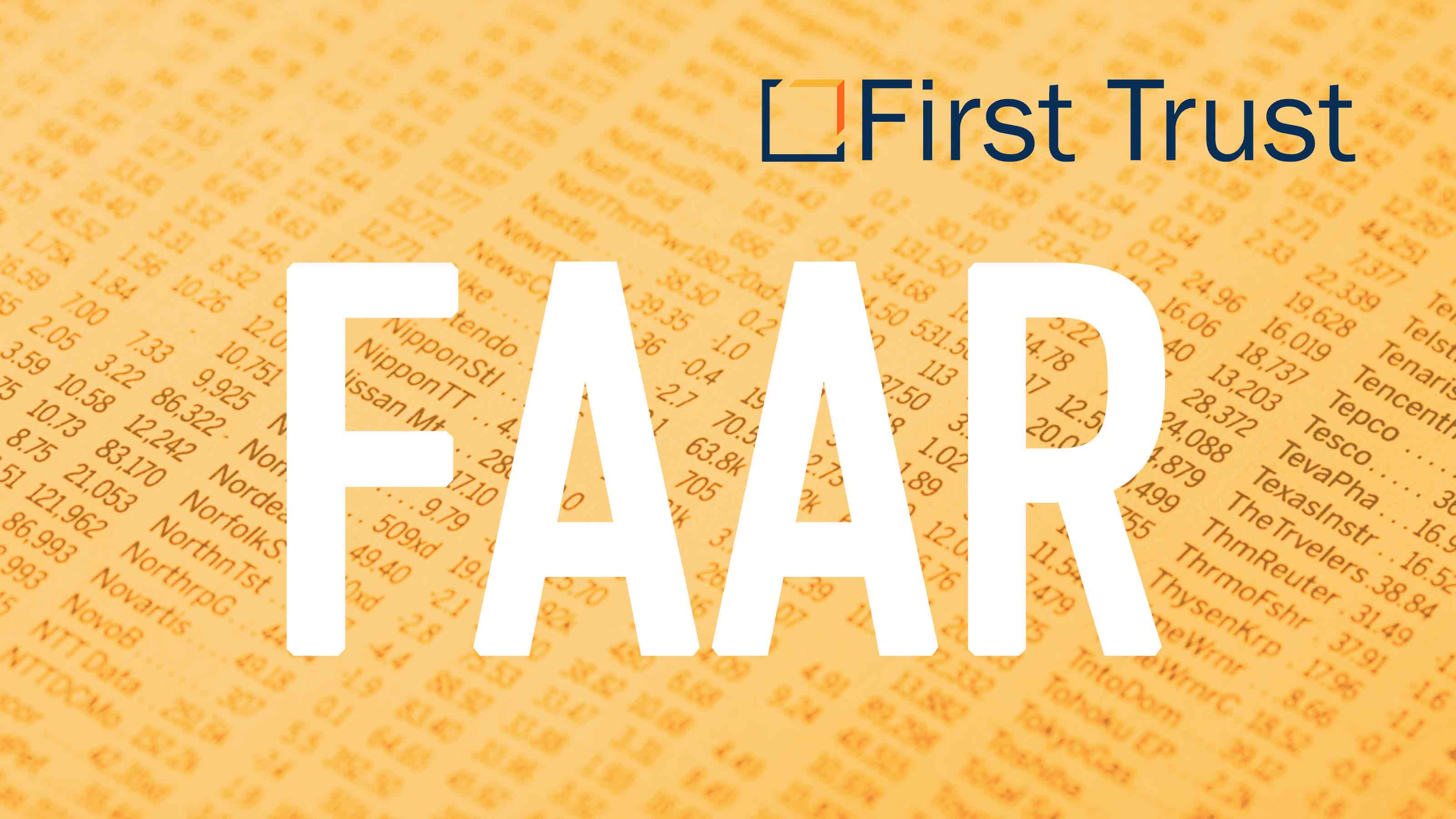
First Trust Alternative Absolute Return Strategy ETF
First Trust Alternative Absolute Return Strategy ETF (FAAR, $27, 0.95%), which is actively managed, has been the steadiest in its peer group over the past three years. That has helped relative performance. The ETF has a three-year annualized return that beats 76% of its peers, albeit with an annualized loss of 1.3%. Its record over the past 12 months is more encouraging: The fund is up 2.1%, while the typical broad-based commodities fund has lost 5.9%.
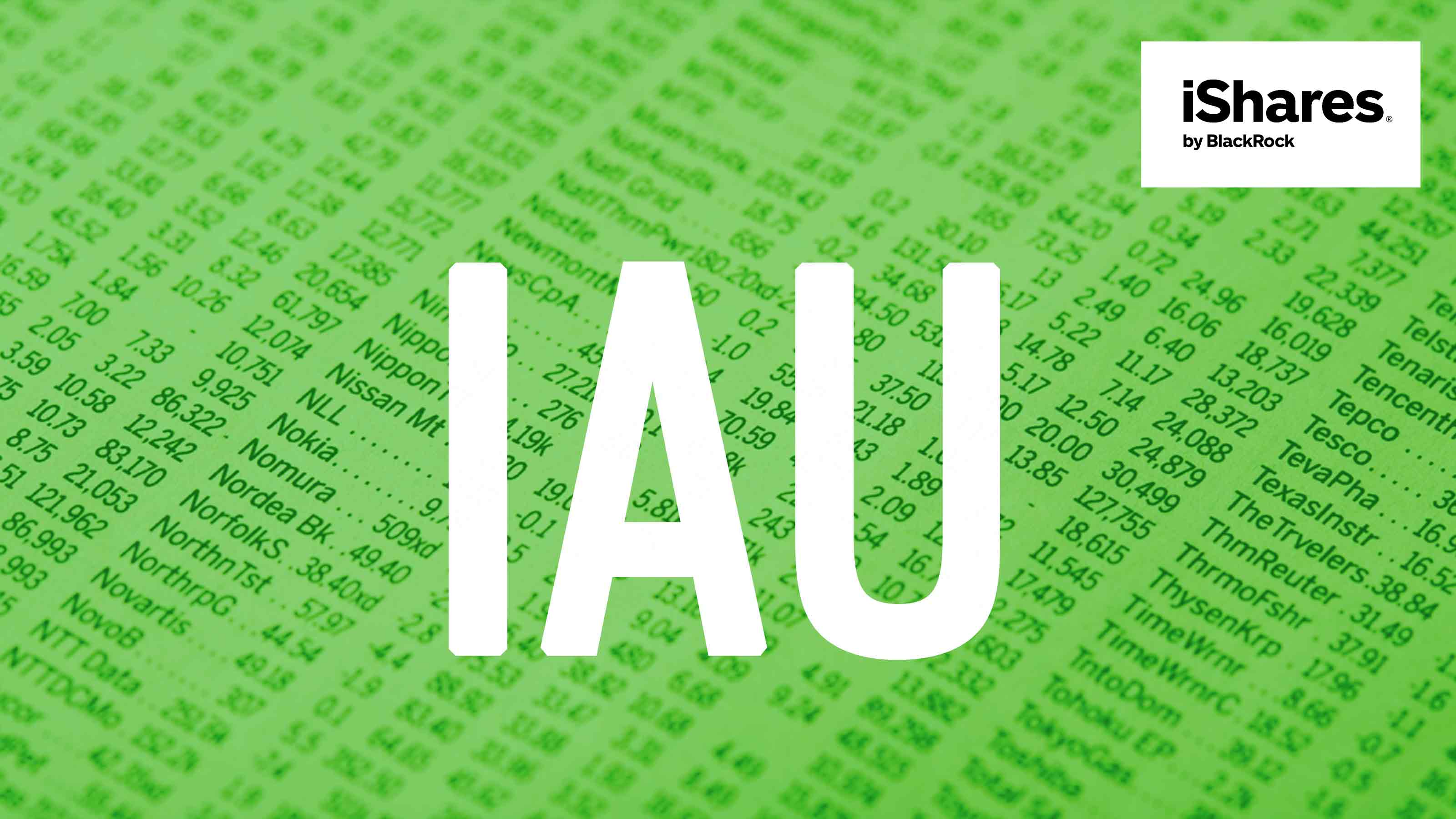
iShares Gold Trust
Alternatively, gold funds have been less volatile than broad-based commodity ETFs in recent years. Over the past 12 months, iShares Gold Trust (IAU, $18, 0.25%) has gained 27.3%, in part because of the weaker dollar. But uncertainty about the global economy and the pandemic has fueled price gains as well. The fund seeks to track the performance of the price of gold. Each share represents 0.01 ounce of gold and is backed by physical gold bullion stored in vaults.
Get Kiplinger Today newsletter — free
Profit and prosper with the best of Kiplinger's advice on investing, taxes, retirement, personal finance and much more. Delivered daily. Enter your email in the box and click Sign Me Up.

Nellie joined Kiplinger in August 2011 after a seven-year stint in Hong Kong. There, she worked for the Wall Street Journal Asia, where as lifestyle editor, she launched and edited Scene Asia, an online guide to food, wine, entertainment and the arts in Asia. Prior to that, she was an editor at Weekend Journal, the Friday lifestyle section of the Wall Street Journal Asia. Kiplinger isn't Nellie's first foray into personal finance: She has also worked at SmartMoney (rising from fact-checker to senior writer), and she was a senior editor at Money.
-
 5 Easy Weatherproofing Projects That Help Prevent Damage and Save on Insurance
5 Easy Weatherproofing Projects That Help Prevent Damage and Save on InsuranceProtect your home from storms and water damage with these simple weatherproofing upgrades — some may help reduce your home insurance premium.
By Paige Cerulli
-
 If Trump Fires Jerome Powell, What Happens To Savings and Mortgage Rates?
If Trump Fires Jerome Powell, What Happens To Savings and Mortgage Rates?President Donald Trump expressed his desire to remove Fed Chair Jerome Powell. If the president is successful, how would it impact your savings accounts?
By Sean Jackson
-
 What Is the Buffett Indicator?
What Is the Buffett Indicator?"It is better to be roughly right than precisely wrong," writes Carveth Read in "Logic: Deductive and Inductive." That's the premise of the Buffett Indicator.
By Charles Lewis Sizemore, CFA
-
 CPI Report Puts the Kibosh on Rate Cuts: What the Experts Are Saying About Inflation
CPI Report Puts the Kibosh on Rate Cuts: What the Experts Are Saying About InflationCPI Consumer price inflation reared its ugly head to start the year, dashing hopes for the Fed to lower borrowing costs anytime soon.
By Dan Burrows
-
 Fed Leaves Rates Unchanged: What the Experts Are Saying
Fed Leaves Rates Unchanged: What the Experts Are SayingFederal Reserve As widely expected, the Federal Open Market Committee took a 'wait-and-see' approach toward borrowing costs.
By Dan Burrows
-
 CPI Report Keeps the Fed on Track: What the Experts Are Saying About Inflation
CPI Report Keeps the Fed on Track: What the Experts Are Saying About InflationCPI Disinflation in key areas of consumer prices should help the Federal Reserve stick to its policy path of gradual cuts to interest rates.
By Dan Burrows
-
 Blowout December Jobs Report Puts Rate Cuts on Ice: What the Experts Are Saying
Blowout December Jobs Report Puts Rate Cuts on Ice: What the Experts Are SayingJobs Report The strongest surge in hiring since March keeps the Fed on hold for now.
By Dan Burrows
-
 The Cheapest Places To Retire in the US
The Cheapest Places To Retire in the USWhen you're trying to balance a fixed income with an enjoyable retirement, cost of living is a crucial factor to consider.
By Stacy Rapacon
-
 Fed Sees Fewer Rate Cuts in 2025: What the Experts Are Saying
Fed Sees Fewer Rate Cuts in 2025: What the Experts Are SayingFederal Reserve The Federal Reserve cut interest rates as expected, but the future path of borrowing costs became more opaque.
By Dan Burrows
-
 CPI Report Casts Doubt on Rate Cuts in 2025: What the Experts Are Saying About Inflation
CPI Report Casts Doubt on Rate Cuts in 2025: What the Experts Are Saying About InflationCPI November Consumer Price Index data sealed the deal for a December rate cut, but the outlook for next year is less certain.
By Dan Burrows
